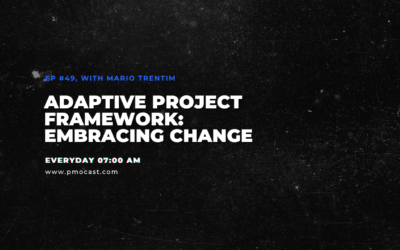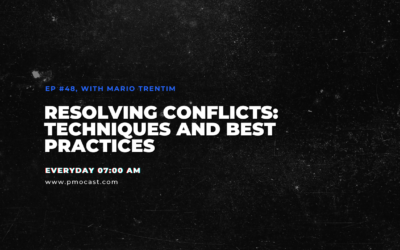Welcome to our definitive guide on unlocking the power of Requirements Management in Project Management. This comprehensive article aims to assist project managers at all stages of their careers in mastering this crucial aspect of successful project management.
Understanding Requirements Management
Requirements Management is the process of documenting, analyzing, tracing, prioritizing, and agreeing on requirements, and then controlling change and communicating with relevant stakeholders. As outlined in the PMBOK Guide, a flagship publication by the Project Management Institute (PMI), Requirements Management is a continuous process throughout a project. However, despite its seeming simplicity, it is an area where many projects encounter challenges.
Gathering Requirements
Gathering requirements begins with engaging stakeholders. Active listening and questioning are pivotal during this phase to understand the business needs and the requirements of all stakeholders. Techniques such as brainstorming sessions, interviews, focus groups, and surveys can help collect diverse requirements.
In his book ‘Software Requirements,’ Karl Wiegers suggests using a combination of methods, as no single approach will always be most effective. He particularly emphasizes the use of use cases. By illustrating interactions between users and the system, use cases provide an accessible format for eliciting functional requirements.
Analyzing Requirements
After gathering requirements, they need to be analyzed for consistency, clarity, and, most importantly, feasibility. It’s important to remember that the goal isn’t about adding numerous features to your project, but defining what’s necessary for the project to deliver value.
According to the team at Atlassian, creators of popular project management tools like Jira and Confluence, a well-defined requirement is SMART: Specific, Measurable, Achievable, Relevant, and Time-bound.
Documenting Requirements
Documenting these requirements is essential, as it provides a reference point for the project. However, this isn’t just a simple list; we’re talking about requirement specifications, which include the requirement itself, its acceptance criteria, any assumptions, and dependencies. Traceability is vital here, as any changes in requirements should be adequately tracked and managed.
Tools such as a Requirements Traceability Matrix can be highly beneficial, as recommended in the PMBOK Guide. Additionally, modern project management platforms like Monday.com or Microsoft’s Azure DevOps offer powerful features for managing and tracking requirements.
Tips for Successful Requirements Management
As we wrap up, let’s consolidate some key tips for success in requirements management:
1. Engage stakeholders early and keep them involved throughout the process.
2. Document everything – decisions, changes, and more.
3. Manage changes in requirements effectively to prevent scope creep.
Remember, requirements management is an ongoing process, and maintaining open lines of communication is vital. Don’t be afraid to revisit requirements as the project evolves.
Conclusion
Effective Requirements Management is the cornerstone of successful project management. Remember the hashtags #MasterRequirements, #ProjectSuccess, and #PMOCast, and use them to join the conversation and share your experiences and insights.
Join us again as we continue to delve into the fascinating world of project management. Don’t forget to subscribe and follow us for more insights and guides. Here’s to achieving project success through effective Requirements Management!




0 Comments